16 Ways People Survived Before Social Security — Could You Do It?

Enacted in 1935, Social Security has been one of the most successful programs in U.S. history. Social Security was originally designed to help provide a backstop for Americans suffering from the effects of the Great Depression.
Find Out: Retired But Want To Work? Try These 10 Low-Stress Jobs for Seniors
Learn More: 5 Genius Things All Wealthy People Do With Their Money
Before Social Security, there weren’t a lot of options for Americans in terms of a retirement safety net. Many times, elderly Americans essentially had to rely on the kindness of others to keep them afloat.
Here’s a look at 16 options Americans might have relied on for retirement besides Social Security.
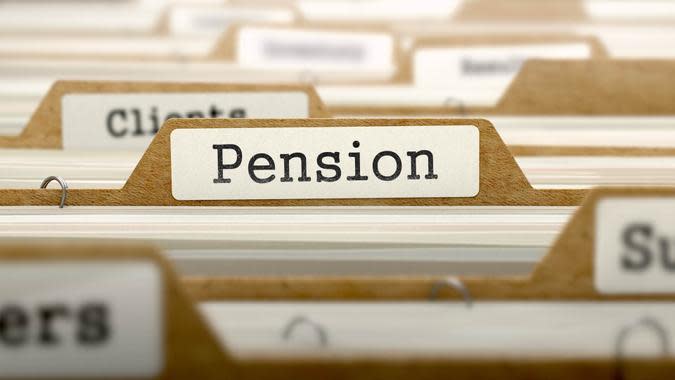
1. They Had Company Pensions
Company pensions were a retirement savings option for a lucky few before the advent of the Social Security system. The Alfred Dolge Company was the first to institute a pension in 1882. Today, most companies have abandoned pensions in favor of participant-directed savings, such as 401(k) plans. As early as 1932, however, only 15% of the American workforce had access to a company pension.
For You: Retirement 2024: These Are the 10 Worst Places To Retire in Florida
Trending Now: 7 Bills You Never Have To Pay When You Retire
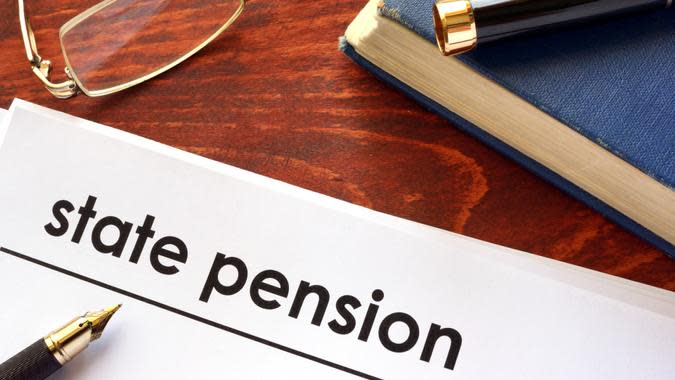
2. They Had State Pensions
Those who worked in the public sector before the age of Social Security might have benefited from a state pension. Although approximately half of elderly Americans weren’t self-sufficient as of 1934, state welfare pensions were basically nonexistent before 1930. And although 30 states put state pensions in place by 1935, only about 3% of elderly Americans were actually receiving state benefits by that year.
A lack of pensions is one of the many reasons why it’s harder to save for retirement today than 50 years ago.
Check Out: 7 Things You Must Buy at Costco While on a Retirement Budget
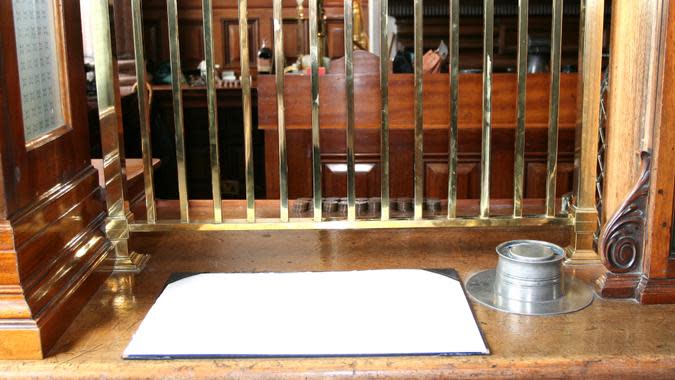
3. They Put Money in Savings Accounts
Savings accounts have always been the lifeblood of earners who want to bank some of their income. Before Social Security, workers who wanted to provide for their future often had to turn to whatever interest banks would pay on their savings accounts.
Savings accounts were always considered safe investments, but they weren’t quite as safe before Social Security as they are today because FDIC insurance wasn’t implemented until 1933.
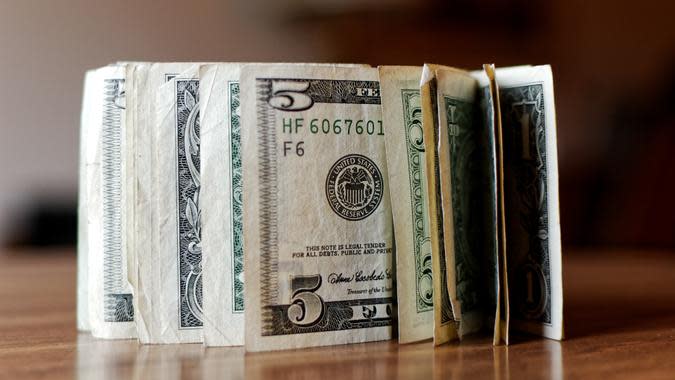
4. They Held On to Cash
The old expression “cash is king” certainly applied to most Americans before Social Security came into play. Stuffing money under a mattress might seem like an archaic notion, but for some Americans at the turn of the 20th century, it was literally their best option.
Banking institutions still didn’t have the level of trust and security they do today, so many Americans preferred to hold on to whatever money they did have.

5. They Had Annuities
The Pennsylvania Company for Insurance on Lives and Granting Annuities began offering annuities to the general public in 1812. By the turn of the century, some Americans relied on annuities to fund their retirements.
From the 1890s through the 1920s, annuities became more popular as having large, extended families began to diminish in importance. At that point, the guaranteed income an annuity offered began to take on more importance.

6. They Benefitted From the Civil War Pension Program
The Civil War Pension Program began in 1862 to provide benefits for those injured during military service. The program’s inspiration came from the national pension program for soldiers that started in 1776, before the signing of the Declaration of Independence.
In 1906, the Civil War Pension Program evolved to cover those who had served in old age as well. Although the program covered more than 90% of remaining Civil War soldiers in 1910, that unfortunately amounted to only 0.6% of the entire U.S. population.
Explore More: 16 Best Places To Retire in the US That Feel Like Europe
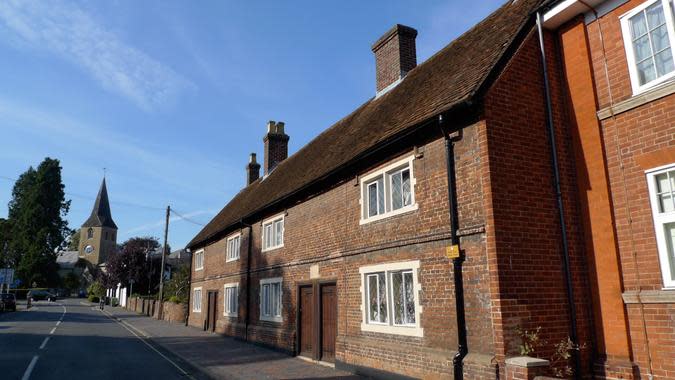
7. They Lived in Almshouses and Poor Houses
For much of the 18th and 19th centuries, those trapped in poverty could turn only to almshouses, also known as poor houses. These institutions were made purposely unpleasant to discourage citizens from “willingly” becoming poor.
If you relied on a poor house for support, you probably lost your personal property, your right to vote and your right to move. You might even have been forced to wear a “P” on your clothing.

8. They Relied on Extended Family
The American family unit was much larger — and typically stronger — 100 years ago than today. Without a job, a pension, savings or children to rely on, some Americans had to lean on their extended family to get by in the era before Social Security.
Aunts, uncles, cousins and beyond were often tapped to provide assistance for elderly family members with no other means of support.

9. They Turned to Their Children
As you now know, families were larger in the past than today. This is in part due to due conditions prior to the Industrial Revolution, when the American economy was primarily agrarian in nature. One of the ancillary benefits of having a large family was that when the parents got older, they had children to help take care of them and the family business
For many American families before Social Security, this was the best way to ensure survival in old age. With limited access to birth control, however, large families might not have been entirely by choice.

10. They Continued Working
With no other options, many older Americans simply had to continue working before Social Security. This wasn’t an option for all Americans, however, because older workers weren’t necessarily in demand, especially for the highest-paying jobs. As the Depression approached, the job picture became even bleaker.
Be Aware: Cutting Expenses in Retirement: 6 Home Items to Stop Buying
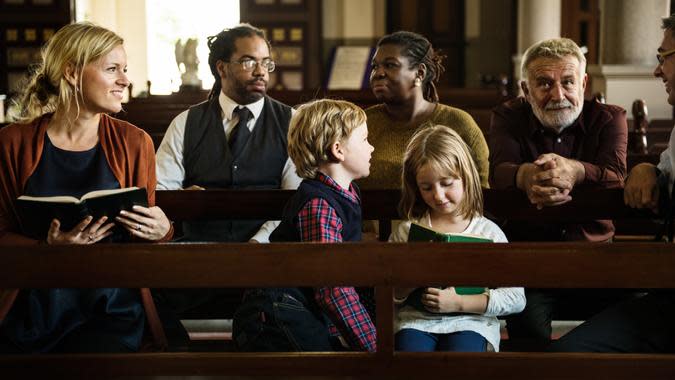
11. They Turned to Church Congregations
Churches have long been a source of comfort and support for people from all walks of life. As the Great Depression swept across America, many with nowhere else to turn leaned on their local church, whether they were parishioners or not. Churches were often a place people could get some warmth and food.
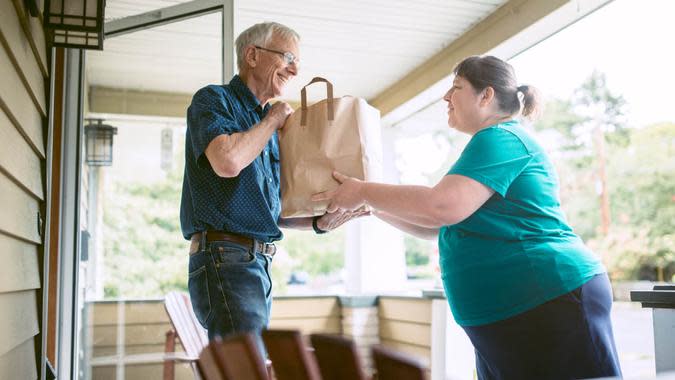
12. They Asked Neighbors for Help
The expression “it takes a village” was perhaps never more true than before the advent of Social Security. Communities tended to be closer and stronger at the turn of the century than they are today, and often families in need could feel comfortable turning to neighbors for assistance.
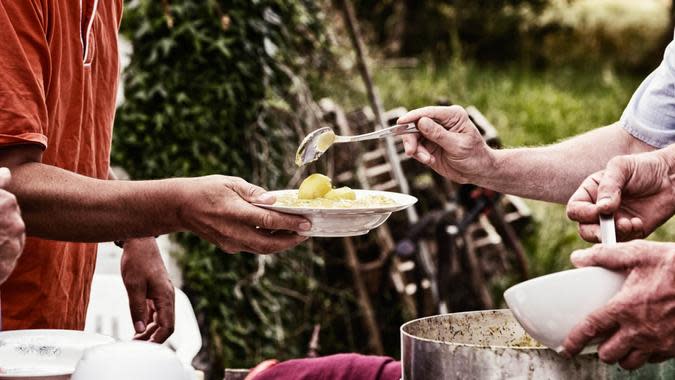
13. They Sought Help From Strangers
Many Americans with nowhere else to go had to rely on the kindness of strangers to get by. Those with no other options before Social Security had to do what they could, from turning to community groups to panhandling on the street.
Learn More: How Much Monthly Income Could You Get From a $200,000 Annuity?
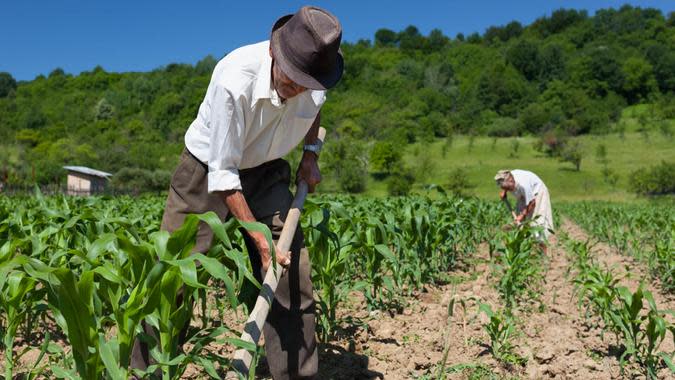
14. They Became Sharecroppers
Some impoverished Americans turned to sharecropping before Social Security. A sharecropper signed an agreement to farm a portion of land in exchange for some of the crops he raised.
Although this didn’t raise any money, at least it was a way to put food on the table. For the elderly, however, this wasn’t much of an option because since farming is such backbreaking work.

15. They Used Investments — If They Had Any
Although the vast majority of Americans couldn’t afford investments in the era before Social Security, those who could take advantage of earnings from the stock and bond markets. Of course, many fortunes vanished nearly overnight in the stock market crash of 1929 and the subsequent Great Depression.
Many Americans who were counting on their investments to provide them with a comfortable retirement were left in ruins, and many had to turn to one or more of the other options in this list.
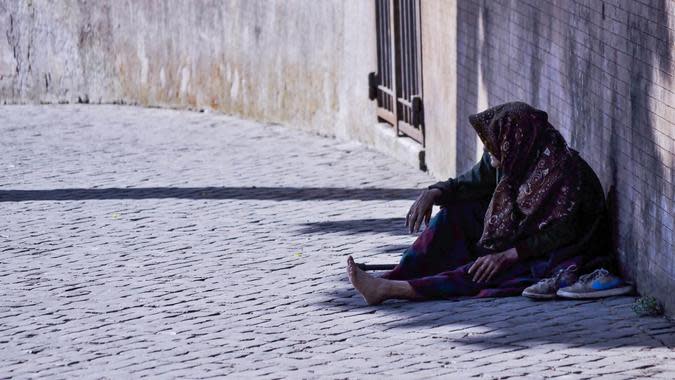
16. They Couldn’t Survive — And Died Impoverished
The sad truth is that before Social Security income became available, 1 in 2 seniors were impoverished. Without investments, a pension or support from others, many had nowhere to turn and simply lived their remaining life as best they could.
With little-to-no income and a shorter life expectancy in the early 20th century, many poverty-stricken seniors simply couldn’t survive.

The Bottom Line
Regardless of its issues, Social Security has been a huge boon to America’s senior citizen population. It has provided financial protection for people in the U.S. for more than 80 years. It provides citizens with retirement, disability and survivors benefits, making it the most successful anti-poverty programs the nation has ever seen.
You’re no longer alone when you’re a senior because Social Security helps you secure tomorrow.
More From GOBankingRates
How Much Does the Average Middle-Class Person Have in Savings?
5 Reasons You Should Consider an Annuity For Your Retirement Savings
This article originally appeared on GOBankingRates.com: 16 Ways People Survived Before Social Security — Could You Do It?
